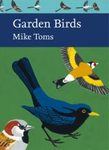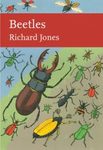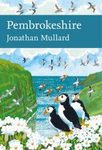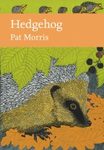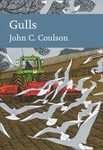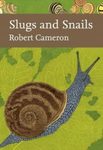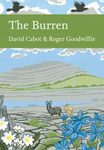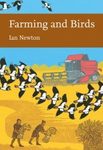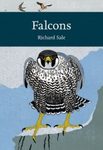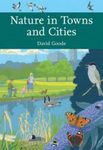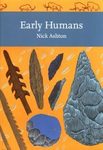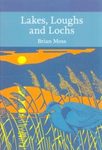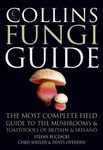Monograph
By: Clive A Stace(Author), Michael J Crawley(Author)
626 pages, 274 colour & b/w photos, colour illustrations and colour distribution maps; tables
Stace and Crawley give a detailed overview of Britain's invasive plants and how they have integrated themselves in the ecology of our countryside
![Alien Plants Alien Plants]()
Click to have a closer look
About this book
Customer reviews
Biography
Related titles
About this book
Alien plants are the topic of interest of many professional research teams and amateur enthusiasts around the world. As a group these plants are common, conspicuous, pestiferous, beautiful, edible, and otherwise useful or harmful.
In the British Isles there are very roughly as many species of naturalised or recurrent alien flowering plants as natives and, besides that, there are numerous other less common ones. Many species have been an integral part of our wild flora for such a long time that we can no longer be sure whether they are in fact native or alien. Even some recently discovered species are similarly problematic. Aliens are proving to have such wide interest simply because they cannot be ignored, and because they add diversity to our otherwise rather limited flora. Many of them have profound effects on the environment by competing with native vegetation or by populating empty ground. Others have altered the course of evolution by their genetic interactions with natives.
Alien plants in the British Isles, whether they be food-plants or pests, are a major and largely measurable factor in our economy. The two most important features that make alien plants so interesting are that they evolved somewhere else, and that they left behind many (if not all) of their co-evolved species when people moved them to the British Isles. Their genotypes were forged during interactions with a different set of plants, fungi, micro-organisms and animals from those with which they now cohabit, many of which have been left behind in their countries of origin.
In contrast, the genotypes of native plant species evolved during an evolutionary history that was spent interacting with the roughly the same set of plants and animals with which they interact today. These two features – uncoupled evolutionary history, and missing herbivores, pollinators and mutualists – make the study of alien plants and their ecological relationships with native vegetation uniquely attractive.
Customer Reviews
Biography
Clive Anthony Stace BSc, PhD, DSc graduated from the University of London in 1959 and gained his doctorate at the Natural History Museum London in 1963. For the next 41 years he carried out research and teaching in the Universities of Manchester and Leicester, where he is now Emeritus Professor of Plant Taxonomy. He has been a keen field botanist for over 60 years, and field work was an important part of both his research and teaching programmes. He was President of the Botanical Society of the British Isles from 1987 to 1989. He has produced about 200 scientific papers and books, including the New Flora of the British Isles (1991). He was elected Honorary Fellow of the Linnean Society in 2004.
Michael John Crawley, FRS is an ecologist and Professor of Biology at Imperial College London. He is based at Silwood Park campus near Ascot, Berkshire. His research focuses on plant ecology.
Monograph
By: Clive A Stace(Author), Michael J Crawley(Author)
626 pages, 274 colour & b/w photos, colour illustrations and colour distribution maps; tables
Stace and Crawley give a detailed overview of Britain's invasive plants and how they have integrated themselves in the ecology of our countryside
"[...] I think that this is one of the greatest New Naturalists of recent times, one to match Fungi and Bird Migration as a major contribution to British natural history and popular science. This reviewer began with some pleasurable dipping but soon found himself reading on, fully absorbed. It is a tremendous work on an important subject that has been all but overlooked by most British naturalists.[...]"
– Peter Marren, British Wildlife 27(2), December 2015




















